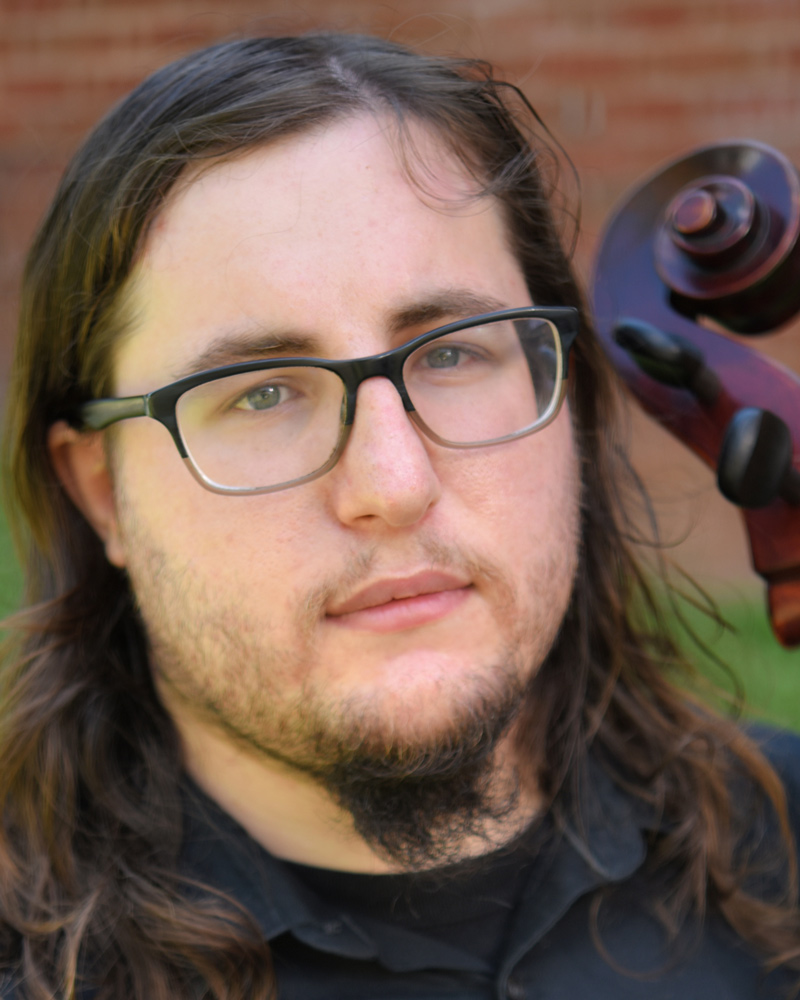
Marika Bournaki, piano
Sunday, February 23, 2025 at 7:00 p.m.
Armstrong Concert Hall
Shenandoah Conservatory
Sicilienne, op. 78 (1898)
Gabriel Fauré (1845–1924)
Cello Concerto in D Minor (1877)
I. Prélude
II. Intermezzo
III. Introduction, Andante—Allegro vivace
Édouard Lalo (1823–1892)
- brief pause -
Three Pieces for Cello and Piano (1914)
No. 1 (In E-flat Minor): Moderato
No. 2 (In A Minor): Sans vitesse et à l’aise
No. 3 (In C-sharp Minor): Vite et nerveusement rythmé
Nadia Boulanger (1887–1979)
Sonata for Cello and Piano, FP 143 (1948)
I. Allegro–Tempo di marcia
II. Cavatine
III. Ballabile
IV. Finale
Francis Poulenc (1899–1963)
The stylistic evolution of the music of French composers is certainly intriguing, and this program I have put together is intended to demonstrate this evolution. In the Baroque era, there was a distinct French school of music, championed by composers such as Jean-Phillipe Rameau and François Couperin. This particular style featured its own unique ornamentation, such as extended trills and arpeggiated ornaments, and rhythmic tendencies, including the so-called double-dot (somewhat akin to swing rhythm in jazz). However, by the Romantic era, French music often drew heavy influence from foreign styles. The Cello Concerto by Édouard Lalo, for instance, is influenced by Spanish dance styles, which can be heard in the second and third movements. After France’s defeat in the Franco-Prussian War, however, there was a movement by French artists to reestablish a French national style, and many composers, including Claude Debussy and Maurice Ravel, often looked to the styles of Rameau and Couperin for inspiration. At the same time that Germanic composers such as Wagner, Strauss, and Mahler were pushing the size of the orchestra and its associated genres to their limits, with lengthy operas, epic tone poems, and massive symphonies to show for it, pretty much the opposite was happening in France, with composers focusing more on solo and chamber genres, and making such compositions more compact. Gabriel Fauré’s Sicilienne and Nadia Boulanger’s Three Pieces for Cello and Piano are amongst the many short works from this period. After the First World War, efforts were made to take this national style even further, which was led by a group of composers known as “Les Six,” whose efforts were akin to the efforts of the “Mighty Five” in Russia decades earlier. Francis Poulenc was a member of Les Six, and his Cello Sonata from 1948 is essentially a culmination of over three-quarters of a century of efforts to establish a French national style.
Joseph Klingler is from the studio of Julian Schwarz. This recital is presented in partial fulfillment of the requirements for an Artist Diploma (Cello).
